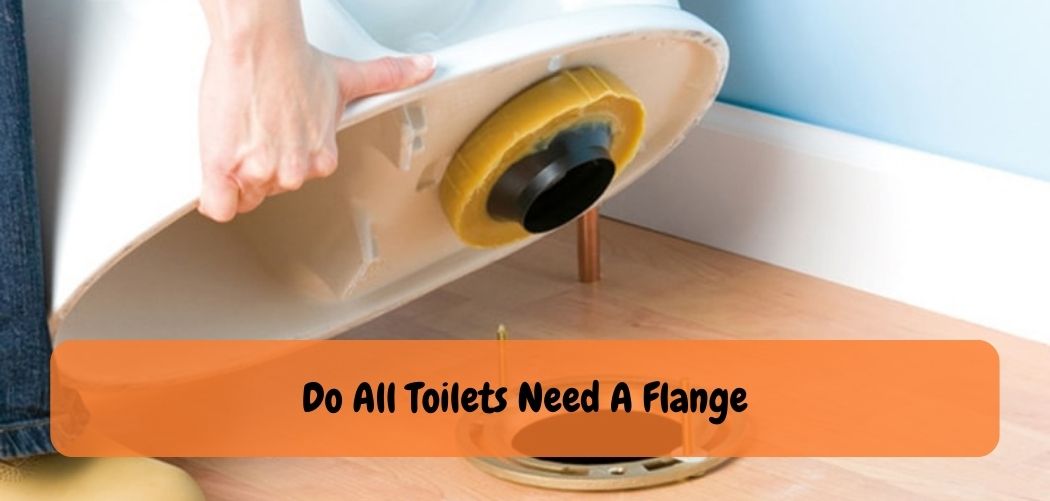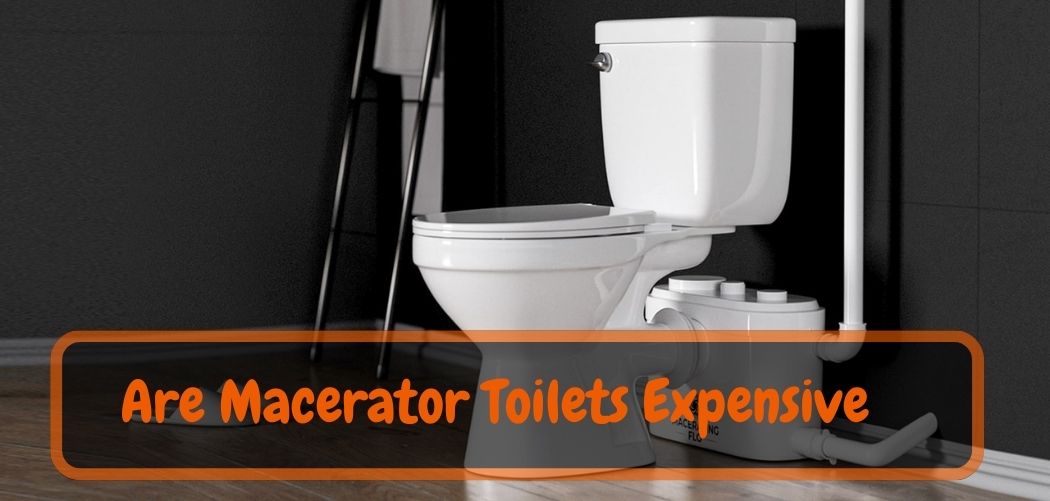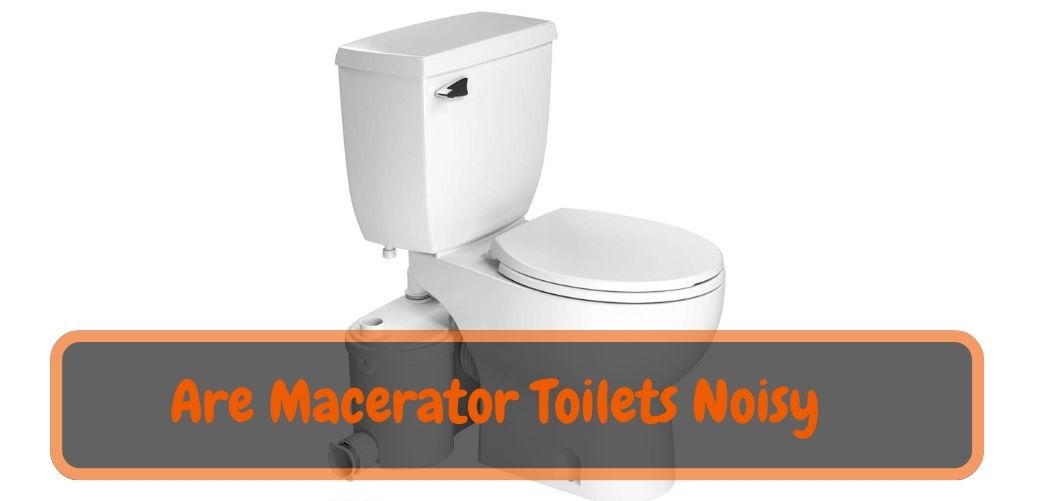Flanges are necessary for most toilets to secure the bowl to the drainpipe preventing leaks and ensuring proper drainage. However, not all toilets need a flange.
When it comes to the essential fixtures in our homes, toilets rank high on the list. While most of us tend to take them for granted, a closer look at their installation reveals a crucial component that ensures their proper functioning: the toilet flange.
Often overlooked or misunderstood, the toilet flange plays a vital role in securing the toilet to the floor and creating a watertight seal. But do all toilets require a flange? Is it an absolute necessity, or are there exceptions?
In this article, we will delve into the significance of a toilet flange and explore the scenarios where it becomes an essential component for a leak-free and efficient plumbing system. Understanding the role of the flange will not .
Only help homeowners make informed decisions but also aid in troubleshooting and maintaining their toilets effectively. So, let’s dive into the world of toilet flanges and discover why they are an integral part of the plumbing infrastructure in our homes.
The Basics Of Toilets
Toilets are an essential part of any modern home or building. They work by allowing water into the bowl and using gravity to force waste down a pipe. There are different types of toilets, including standard or gravity-fed, pressure-assisted, and composting toilets.
Each has its own advantages. When a toilet is not installed correctly, defects such as clogs, leaks, and damage to the flange can occur. The flange is the part of the toilet that connects it to the waste pipe. It is a crucial component that ensures the seal between the toilet and the drain is airtight.
Installing a toilet flange is necessary to prevent leaks and maintain proper sanitation. A properly installed flange allows your toilet to function safely and efficiently for years to come.
The Easy Guide: All Toilets Need A Flange
When it comes to the installation of toilets, one crucial component often overlooked is the toilet flange. The toilet flange serves as a connector between the toilet and the waste pipe, providing stability and creating a watertight seal.
While it may seem like a small and insignificant part of the toilet’s plumbing system, the absence or improper installation of a flange can lead to a range of problems, including leaks, unpleasant odors, and even damage to the surrounding flooring.
In this informative guide, we will explore the significance of a toilet flange, examine its functions, discuss the scenarios where it becomes an absolute necessity, and shed light on any exceptions that may exist.
By understanding the role of the flange, homeowners and DIY enthusiasts will be equipped with the knowledge to ensure a leak-free and efficient plumbing system in their homes.
1. What is a toilet flange?
- Definition and purpose of a toilet flange
- Components and types of flanges available
2. Functions of a toilet flange
- Securing the toilet to the floor
- Creating a watertight seal
- Connecting the toilet to the waste pipe
3. Why do most toilets require a flange?
- Ensuring stability and preventing movement
- Preventing leaks and water damage
- Maintaining proper alignment with the waste pipe
4. Scenarios where a toilet flange is necessary
- New toilet installations
- Toilet replacements and upgrades
- Toilet installations on concrete or tile floors
- When using a wax ring or other sealing methods
5. Exceptions to the rule
- Wall-hung toilets
- Certain integrated systems or built-in fixtures
6. How to install a toilet flange correctly
- Step-by-step installation process
- Common mistakes to avoid
- Tips for ensuring a proper seal
7. Troubleshooting and maintenance
- Identifying flange-related issues
- Repairing or replacing a damaged flange
- Regular maintenance practices to prevent problems
8. Seeking professional help
- When to consult a plumber or experienced professional
- Importance of hiring a licensed and skilled plumber
Also Read: How to Replace a Broken Toilet Flange?
Introduction To Flanges
Flanges are an essential component of most toilets. They are round or square rings made of pvc or metal that act as a connection between the toilet flange and the drainpipe. Flanges prevent waste and water from leaking from the toilet onto the bathroom floor.
They also ensure a good seal is formed to prevent sewer gases from coming into the bathroom. There are different types of toilet flanges, including adjustable flanges, offset flanges, and repair flanges. Adjustable flanges allow for easy height adjustments during installation, while offset flanges accommodate variations in the position of the drainpipe.
Repair flanges come in handy when the toilet flange is damaged or rusted. If you’re installing a toilet for the first time, it is important to know what type of flange is suitable for your toilet.
Flanges Vs No Flanges
If you are wondering whether every toilet installation requires a flange, the answer is no. Toilets without flanges are usually designed for specific situations, such as floor-mounted toilets or when the drain opening cannot accommodate a flange. However, using a flange has its benefits, such as providing a more secure and stable connection between the toilet and the drain pipe.
Flanges also help prevent leaks and odors caused by sewer gases. With that said, it is crucial to ensure that you select the right flange type and size for your toilet installation. Investing in a high-quality flange can provide you with peace of mind knowing that your toilet is securely installed and functioning optimally.
Signs You Need A Flange
Toilets can create a huge mess if not installed correctly with a flange. Signs indicating a need for flange include leaks, loose toilets and unpleasant odours. Not using flanges can lead to costly plumbing repairs in the future. Flanges provide a secure and tight seal, preventing liquids and gases from escaping.
Installing flanges while constructing or renovating is a cost-effective solution, saving you a lot of money and stress in the long run. Don’t risk any mishaps and ensure your toilet has a flange installed properly.
Measuring For Flanges
Flanges are important components in toilet installations, but it’s crucial to measure correctly to ensure the right fit. One common mistake is to estimate the size based on sight alone, which can lead to frustrating inaccuracies. Instead, use a measuring tape to determine the inner diameter of the flange.
Another mistake is to buy a flange that is too small or too large, so double-check the measurements before purchasing. If you don’t have the correct size, don’t panic. Different types of flanges may work for your installation, such as a flexible or offset flange.
Take time to research your options to find the best fit for your toilet. Properly measuring for flanges ensures a successful toilet installation for years to come.
Frequently Asked Questions Of Do All Toilets Need A Flange?
What Is A Toilet Flange For?
A toilet flange is used to connect the toilet to the drain pipe and provide a secure and stable base.
Can A Toilet Be Installed Without A Flange?
No, a toilet should never be installed without a flange as it can lead to leaks, unstable fixtures, and damage to the surrounding area.
How Do I Know If My Toilet Has A Flange?
The toilet flange is connected to the drain pipe, and you can see it when you lift the toilet bowl.
Should I Replace My Flange When Installing A New Toilet?
It is highly recommended to replace the flange when installing a new toilet to ensure a tight and secure fit and prevent any leaks or damage.
Can A Flange Be Repaired Or Replaced Without Removing The Toilet?
In most cases, the flange needs to be replaced, which requires removing the toilet, but in some cases, minor repairs can be made without removing the toilet. Consulting a plumber is advised.
Conclusion
To conclude, if you are installing a new toilet or replacing an old one, then a flange is a necessary component. It helps to keep the toilet securely attached to the sewer pipe and prevents water from leaking out. A flange also makes it easier to install the toilet and ensures a proper connection between the toilet and the drain.
However, if you are not experienced with plumbing, you may find it challenging to install a flange on your own. In such a case, it is best to hire a professional plumber to avoid any issues or discrepancies.
Toilets without a flange can be problematic, so be sure to install one for a hassle-free experience. Remember, a flange is an essential part of a toilet installation and cannot be skipped.










